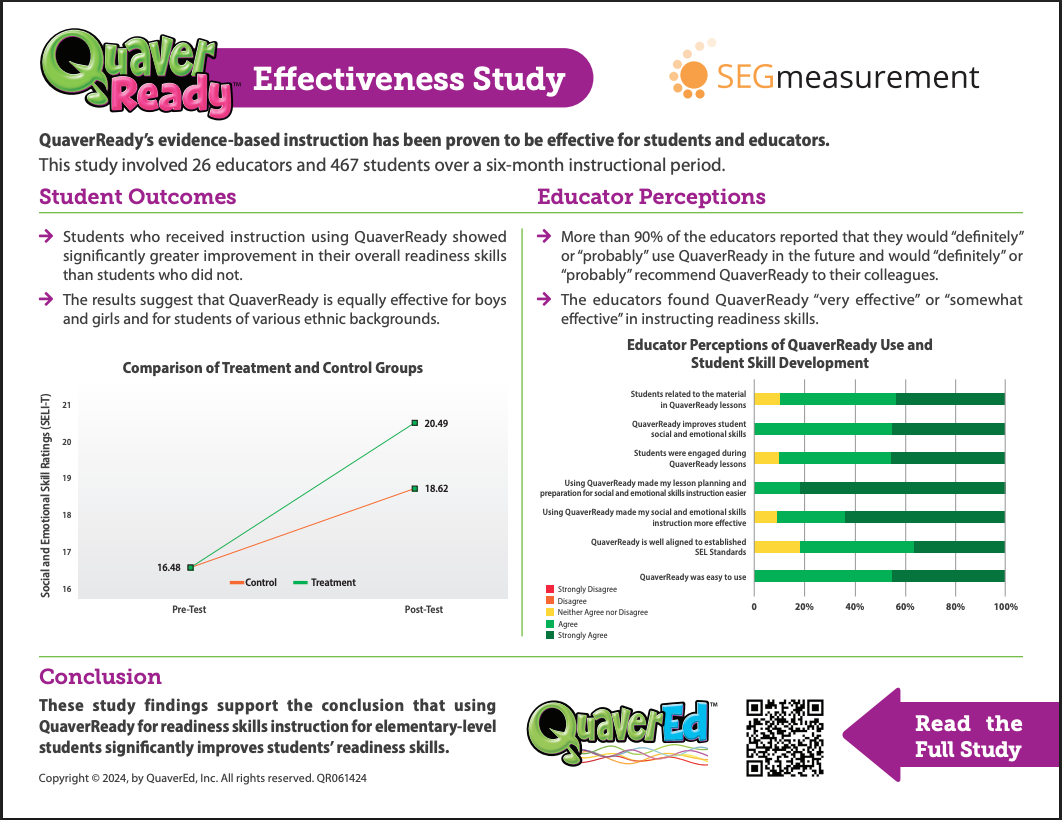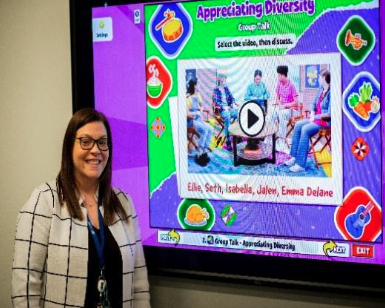Classroom Learning Centers and Quaver Pre-K’s approach to incorporating this best practice each day.
***
Those who are unfamiliar with the importance of play in Pre-K might not understand that a busy and bustling classroom is the truest sign of learning. For young learners who cannot yet read and write, play is the primary work for Pre-K children. This essential work occurs during center-based learning which provides multiple opportunities for experiential, inquiry-based, hands-on learning.
When learning centers are well-planned, stocked with engaging, high-quality instructional materials, and supported by expert teaching, they provide children practice with nearly all standards and skills in all domains of learning. Center time gives children the opportunity to discuss ideas and questions with peers and teachers; and initiate and participate in play-based learning to recreate real-world experiences as they construct new knowledge.
There are six essential centers we recommend for every Pre-K classroom:
- Block building (or construction)
A well-designed block (or construction) center builds knowledge and provides practice with skills in multiple domains including social-emotional, language and communication, math, literacy, science, fine arts, and physical development.
- Dramatic play (or pretend & learn)
The goal for the dramatic play, or pretend and learn, center in the Pre-K year is to move the children through the four stages of play: parallel play, associative play, cooperative play, and socio-dramatic play.
- Literacy
A well-stocked classroom library is an essential ingredient to a joyful Pre-K classroom. In addition to a well-rounded library, many literacy centers include a mix of tangible manipulatives such as alphabet magnets, letter cards; writing tools, and plenty of paper.
- Math
A well-designed math center with engaging instructional materials provides children practice with counting skills, adding/taking away skills, geometry, and spatial awareness skills, measurement skills, and classification and pattern skills.
- Science
Science centers are particularly important in Pre-K classrooms because they provide a daily and/or weekly opportunity for children to build conceptual knowledge about the world. Since science is the study of nature, the best instructional materials are offered from nature, along with tools people use to examine natural items.
- Art
Young children need daily and weekly opportunities to participate in art activities for creative self-expression, sensory experimentation, and collaborative projects. A well-designed art center (or creativity station) provides hands-on experiential learning to cultivate art skills, fine motor development, and social-emotional development.
Learning centers are the most effective instructional technique for young children to acquire content knowledge and master important language, social-emotional and academic skills.
A day in Quaver Pre-k balances purposeful interactivity with offline engagement to encourage creativity, exploration, and play in an integrated classroom environment. Each Quaver lesson is supported by activities and interactives that can be incorporated in daily Center Time and encourage play. Toolbox interactives are designed to support skills acquisition and mastery in fun and engaging ways, while remaining flexible for the specific needs of each classroom.
Technology can be a Pre-K teacher’s best friend if used intermittently, as needed, and in a thoughtful, intentional way as a complement to tangible materials.
We are very interested to learn what you’d like to read about in upcoming blog posts. Share your ideas or feel free to ask us any questions at Info@QuaverEd.com or make a post on our QuaverPreK Teachers Facebook Group!
***
Connect with us @QuaverEd and let us know how these resources are working with your young learners!


